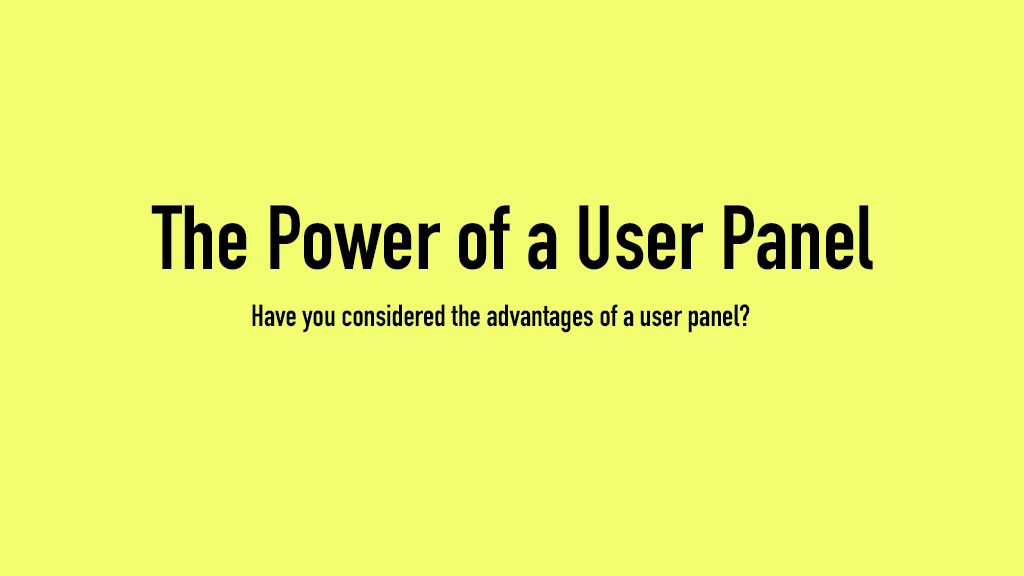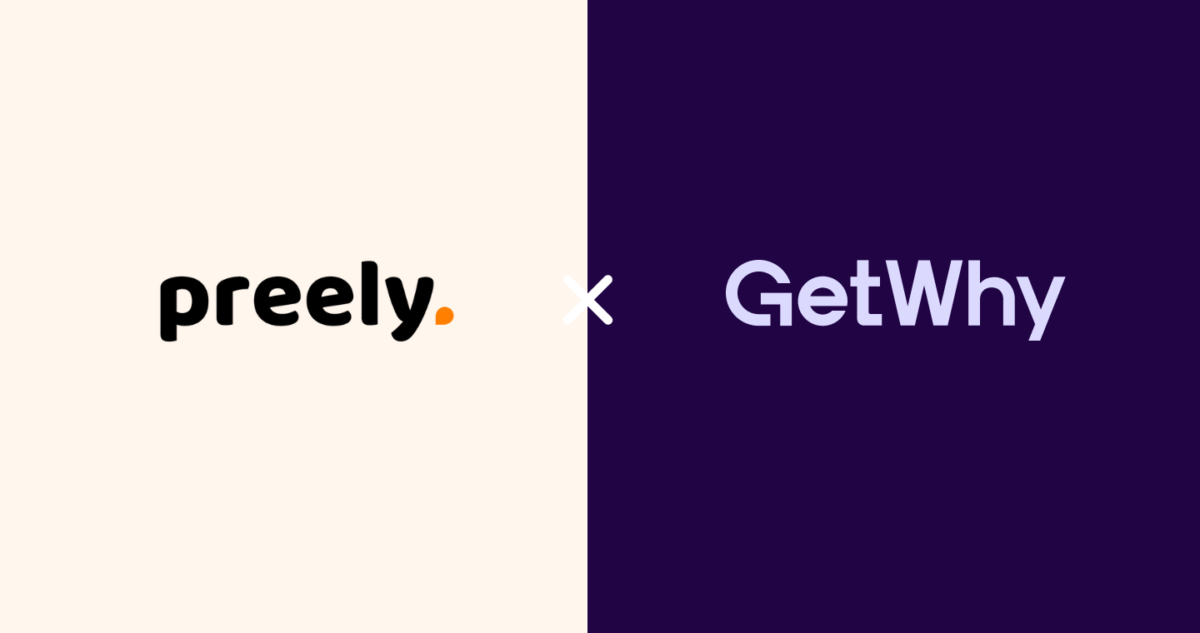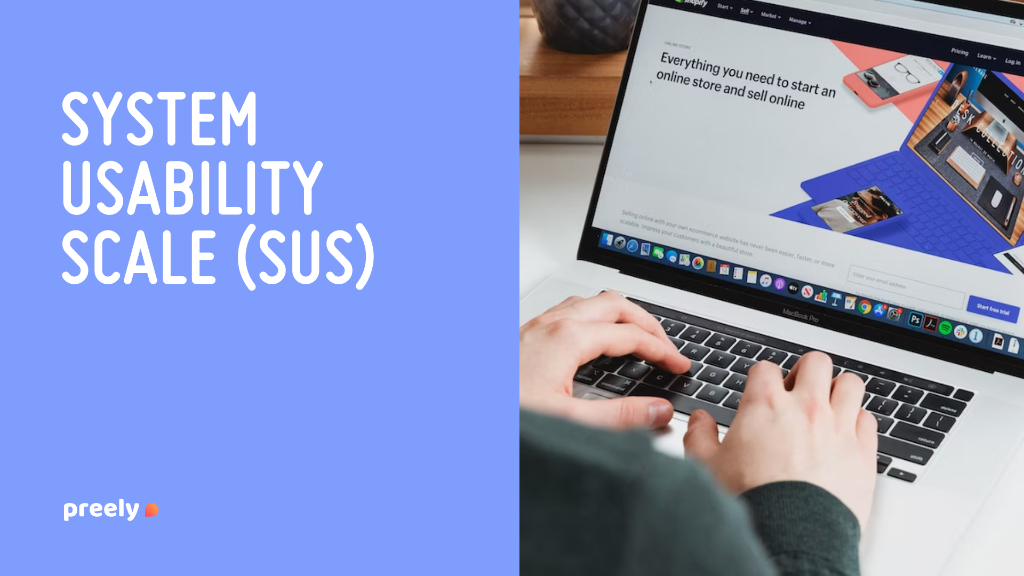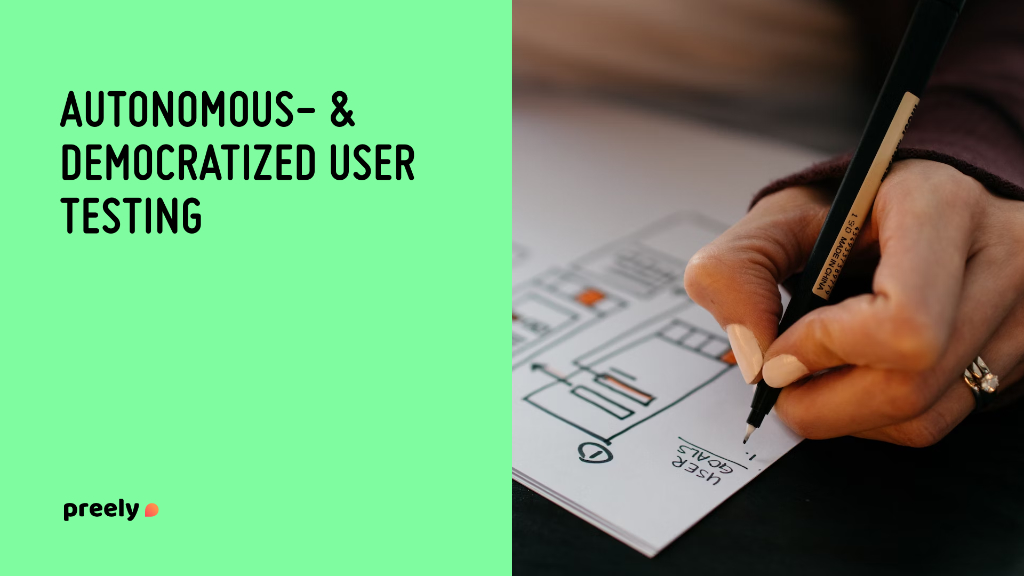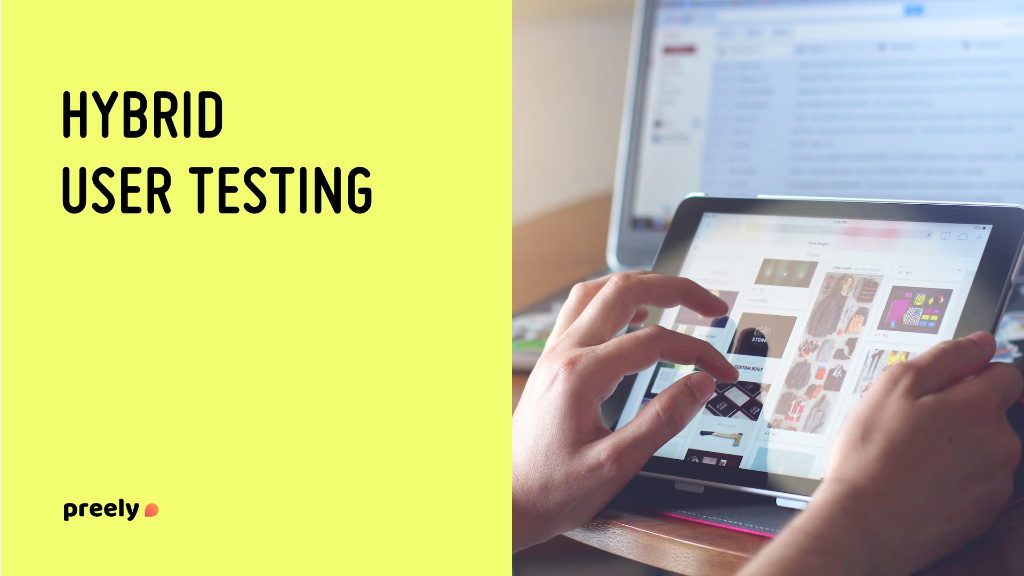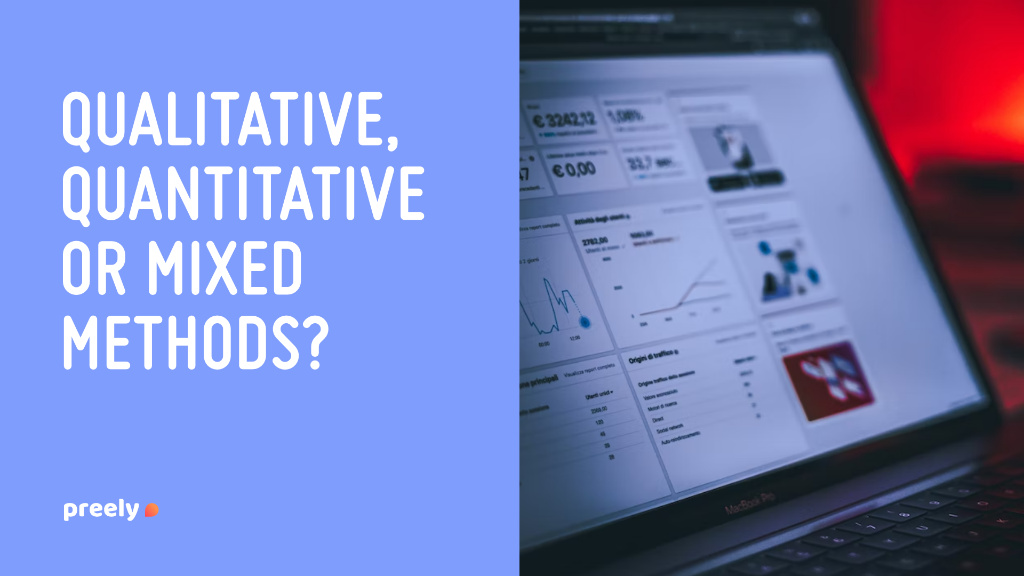In Blog, Cases, Customer Stories, User panel and feedback, User Research
Meet the Heroes of UX: Julie and Carl-Johan from Peytz & Co
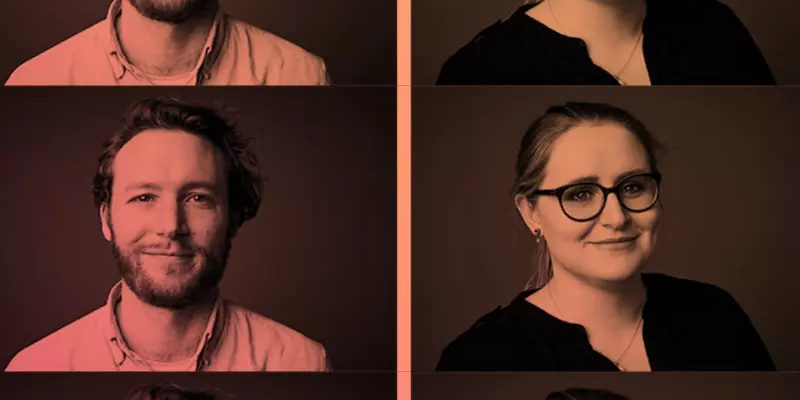
-Julie Schramm Rasmussen, Peytz & Co
It is not every day you meet a team of UX consultants who are determined to build products for the user and not for their clients.
It might lead to lengthy discussions and frustrated clients, but through a data-driven approach and a great deal of patience, they succeed in pushing a UX agenda and in challenging assumptions of their clients.
It is simply because they know, that by putting the user first, through testing and research, their clients will receive a more valuable product in the end.
Therefore, they are this months “Heroes of UX”.
Meet: Carl-Johan Kristiansson and Julie Schramm Rasmussen from the agency Peytz & Co, and learn how they are pushing the UX agenda in 2018.
What is the coolest thing about working with UX?
Julie: For me it’s all about making complicated stuff easy and simple for users. I believe that UX can empower users and make their everyday life easier.
I work a lot with the public sector, which I really enjoy, and I believe that great UX gives citizens a sense of confidence and security in public service.
I sometimes see UX as the oil that lets the wheels of digital public services turn.
Carl-Johan: The thing about UX that excites me the most, is that it is a relatively new field, that still needs to find its place in organizations.
I often act as the UX advocate, who constantly pushes the UX agenda, when I again find myself telling clients: “remember to think about the needs of the user first!”.
It might sound weird, but being in that role is something I really enjoy. There is something magical about throwing user research and test data on the table, and successfully convince a stakeholder about the importance of my work.
Read to learn: The digital agency that uses Preely for user testing
Are you working on any interesting projects you would like to share?
Julie: Recently we’ve been restructuring the company to put more focus on UX. In this connection, we’ve also redesigned our UX process to better handle more strategic and complex UX problems.
Accordingly, the size of our clients are growing and recently we’ve been working on projects solely focusing on UX with little or no development involved.
Along with our restructuring, we also introduced a new service for our clients called UX Panels. Our UX Panels are basically highly segmentable databases of testers that our clients can use repetitively for user testing.
The panels really make recruiting and management of testers much easier and faster. They are a great example of how we at Peytz & Co are pushing the UX agenda in 2018.
Why did you choose to work in an agency instead of in-house?
Julie: I considered working in-house, but I’ve always been drawn towards the agency life. The working environment is usually very young and creative which gives me a lot of energy in my work process.
It’s a big plus that I work alongside many talented UX’ers and designers that I can draw inspiration from.
And even though it’s sometimes sad to say goodbye to projects and hand them to the client, the upside of working in an agency is that you get to work on so many different projects and experiment with different methods depending on the type of project.
What is the biggest challenge of working as a UXer?
Carl-Johan: It is very hard to communicate the value of UX to stakeholders. UX is something fairly intangible and hard to grasp for many clients, which is understandable as UX is sort of “invisible” work. When something is invisible, it is hard to convince people to invest their money in it.
UX still needs to find its place in the typical organizational structure and value chain, however, it is slowly getting better and more people are becoming familiar with the value propositions of UX. UX is definitely maturing and it makes our lives easier.
Julie: I think it’s a challenge that many stakeholders often see the UX process reversed from how we see it. Working with public tenders, as we do often do, is a great example. Everything is always very defined, which means there often is little flexibility for us to be innovative.
For example, it is often defined how much time we can spend on this and that, but that is not how good UX work is done. In the ideal UX world, we look at the problem first and after that we figure out what’s the best solution.
What is your take on user testing? Is it worth it?
Carl-Johan: Big yes, why even build a product if your user’s don’t find it useful and easy to use? We wouldn’t be able to accomplish this without user testing. For us user testing is a core element for 1) building the right product which is optimized accordingly to user behavior and -needs, and 2) continuously validating our designs for the best possible outcome for the client.
Julie: Of course! Google once did a list of ‘Ten things we know to be true’ and the first rule was ‘Focus on the user and all else will follow’. This is my core belief. We can all pride ourself as UX specialists and know what is- and what isn’t good UX design, but there is not ‘one’ right design.
Digital solutions consist of several elements that might have different best practices, and when you work in your own bubble, it is easy to cloud your mind. You’ve gotta see it in action!
Sometimes the value of user testing comes simply from shutting down endless discussions. Let’s just test it.



